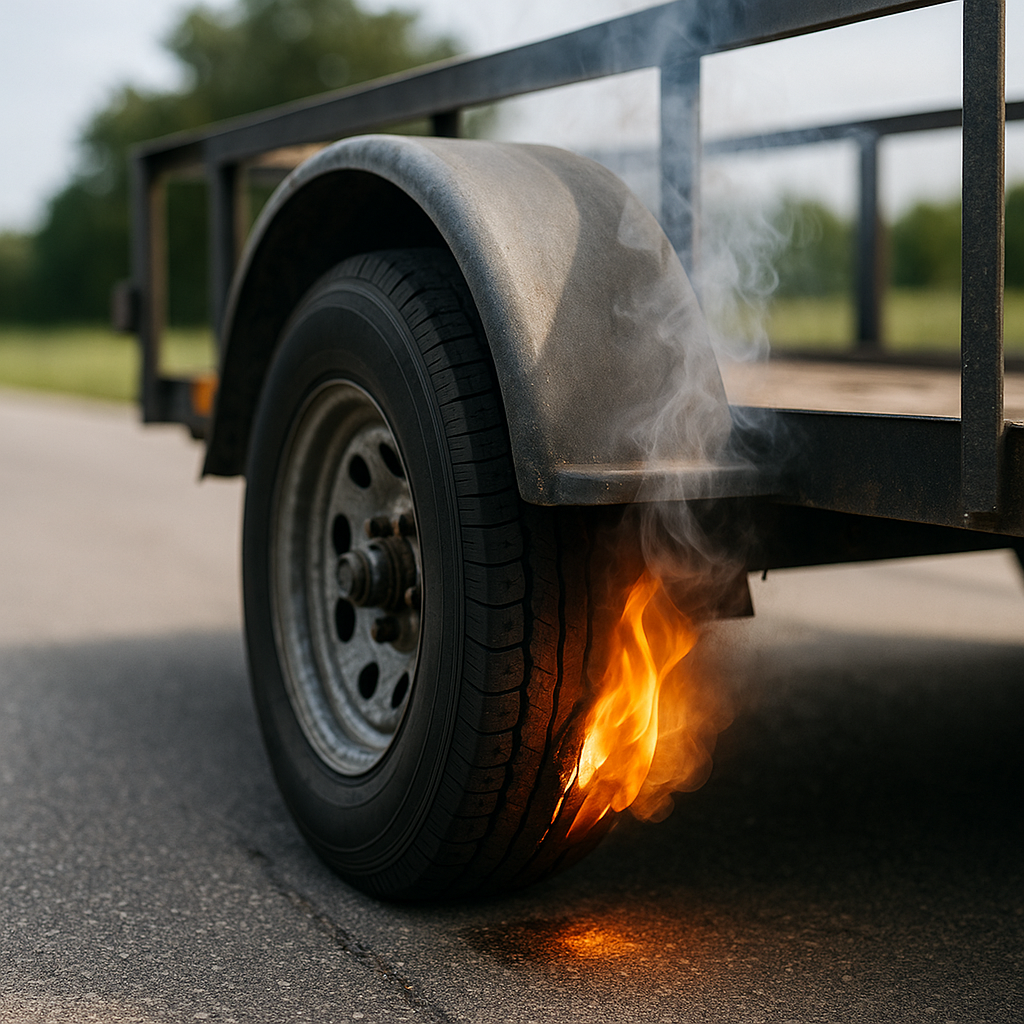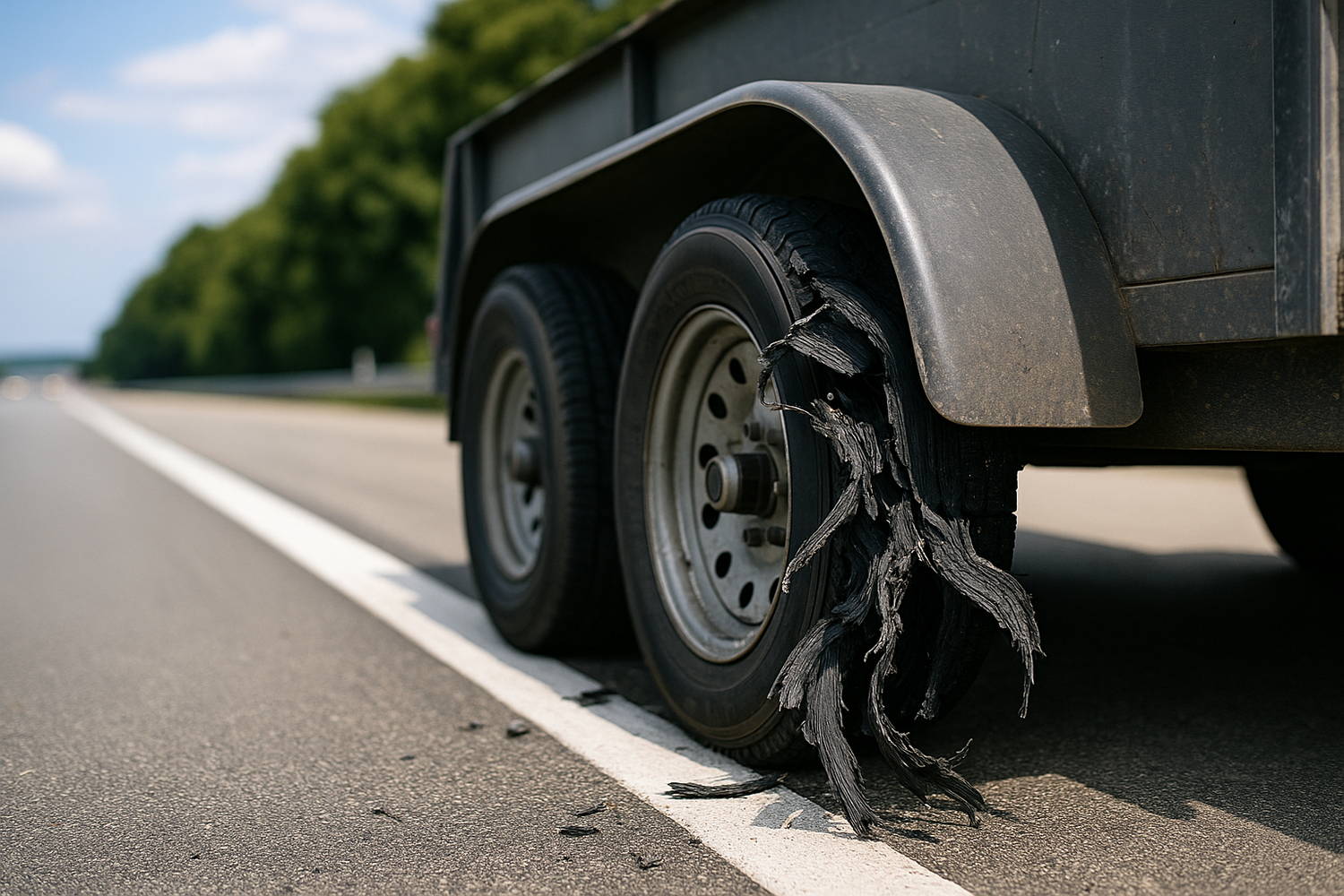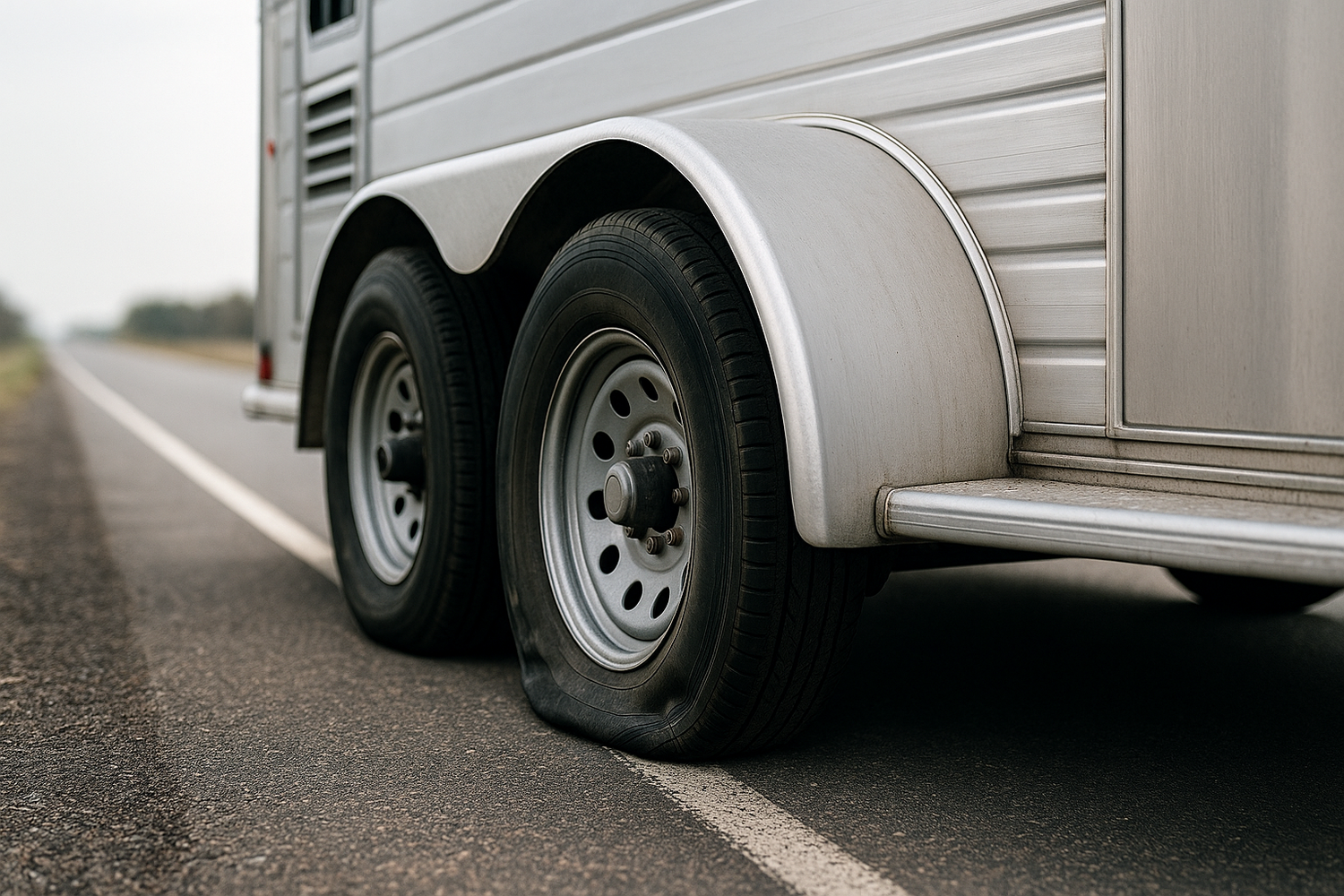Maintaining proper tire pressure is crucial for the safety and performance of your RV. Under-inflated tires can lead to increased tire wear, reduced fuel efficiency, and even blowouts, which pose serious risks on the road. On the other hand, over-inflated tires can result in less traction and a harsher ride.
A tire pressure monitoring system (TPMS) serves as an essential tool for RV owners. This system continuously monitors the air pressure in each tire and alerts you to any significant changes. Here are some key reasons why investing in the best RV tire pressure monitoring system is vital:
- Enhanced Safety: By keeping track of your tire pressure, you can prevent dangerous blowouts, ensuring you and your passengers remain safe during your travels.
- Improved Fuel Efficiency: Properly inflated tires can enhance your vehicle's fuel economy, saving you money on fuel costs in the long run.
- Extended Tire Life: Monitoring tire pressure helps in maintaining optimal conditions, leading to lesser wear and tear and prolonging the lifespan of your tires.
With numerous options available, it's essential to choose a system that fits your needs. Tow with peace of mind, knowing that trailerwatchdog is standing guard. For more information on advanced tire pressure monitoring systems, visit trailerwatchdog.com.
Key Features to Look For in a Tire Monitoring System
When searching for the best RV tire pressure monitoring system, it's essential to understand the key features that can significantly enhance your towing experience. A comprehensive tire monitoring system should include the following features:
- Real-Time Monitoring: Look for systems that provide real-time data on tire pressure and temperature. This feature allows you to receive alerts immediately if any tire is under-inflated or overheating, enabling timely action.
- Wireless Connectivity: Wireless models are more convenient as they eliminate the hassle of wiring. Ensure the system uses reliable technology to maintain consistent communication between the tires and the monitor.
- Durable Sensors: Choose a system with high-quality, durable sensors that can withstand harsh road conditions and weather elements. Waterproof and corrosion-resistant sensors are preferable.
- Multiple Tire Monitoring: If you own a larger RV or trailer, opt for a system that can monitor multiple tires simultaneously. This feature ensures that all tires are kept in check, providing comprehensive safety.
- Easy Installation and Setup: A user-friendly installation process can save you time and effort. Look for systems that come with clear instructions and require minimal effort to set up.
- Clear Display: A clear and easy-to-read display is crucial for quickly assessing tire conditions. Choose systems that offer customizable settings for alerts and visualizations.
By focusing on these key features, you can select a tire pressure monitoring system that not only enhances your safety but also optimizes your RV's performance on the road.
Top RV Tire Pressure Monitoring Systems Reviewed

In the world of RV travel, ensuring your tires are in optimal condition is crucial for both safety and performance. Below are some of the top RV tire pressure monitoring systems currently available, each offering unique features that cater to a variety of needs:
- TPMS by TireMinder: This system is renowned for its user-friendly interface and robust wireless sensors. It offers real-time monitoring and alerts for up to 22 tires, making it perfect for larger RVs. The display is clear, and it includes a solar-powered option for increased convenience.
- Bluetooth Tire Pressure Monitoring System by TST: This innovative system connects to your smartphone via Bluetooth, allowing for easy monitoring on the go. With customizable alerts and a range of up to 100 feet, it’s ideal for those who prefer using their mobile devices for vehicle management.
- EZ Tire Pressure Monitoring System: Known for its affordability, this system provides excellent value without sacrificing quality. It features a simple installation process, real-time pressure and temperature monitoring, and can handle up to 10 tires.
- iTPMS by Eezzy: The iTPMS is favored for its advanced technology, which includes a built-in battery that lasts for years. It offers a sleek design and can be paired with an app for smartphone notifications, making tire management seamless.
- Valve Cap Sensors by GOOFIT: This budget-friendly option is perfect for those just starting with tire monitoring. These sensors easily screw onto existing valve stems and provide consistent pressure readings, although they may have a more limited range compared to others.
Each of these systems has been carefully reviewed to ensure they meet the demands of RV enthusiasts. Investing in a reliable tire pressure monitoring system can enhance your safety and ensure a smoother journey.
How to Install Your RV Tire Pressure Monitoring System

Installing an RV tire pressure monitoring system (TPMS) is a straightforward process that can be accomplished with minimal tools. By following these simple steps, you can ensure that your monitoring system is set up correctly and ready to provide real-time data:
- Choose the Right Location: Select a suitable location for the main display unit, ideally within your RV where it is easily visible while driving. Ensure it is away from direct sunlight to maintain accuracy.
- Install the Sensors: Most tire pressure monitoring systems come with sensors that attach to the valve stems of your tires. Begin by removing the valve cap from each tire, then screw the sensor onto the valve stem tightly but avoid overtightening, which could damage the seal.
- Connect the Display Unit: Once the sensors are securely installed, connect the display unit to a power source. This may involve plugging it into a 12V outlet or charging it fully if it’s a rechargeable model. Follow the manufacturer's instructions for establishing a connection between the sensors and the display.
- Calibrate the System: After installation, it’s crucial to calibrate the system. This typically involves setting the desired tire pressure parameters according to the manufacturer’s specifications. Ensure that each tire's reading is accurate before moving forward.
- Perform a Function Test: With everything in place, conduct a function test by checking that the display unit accurately reflects the pressure readings from each tire. Move the RV a short distance to ensure that the system remains responsive and alerts you if there are any issues.
Following these steps will help you successfully install your RV tire pressure monitoring system, allowing you to monitor tire conditions effectively. Regularly check the system to ensure it remains operational, as this could potentially prevent tire-related issues during your travels.
Maintaining Your Tire Monitoring System for Longevity

To ensure the longevity and reliability of your tire monitoring system, it is essential to perform regular maintenance. Proper care not only extends the life of your system but also enhances its performance, keeping you safe on the road. Here are key maintenance practices to follow:
- Regularly Check Battery Levels: Many tire pressure monitoring systems run on batteries that may need replacement. Periodically check the battery levels of both the sensors and the display unit. Replace batteries as needed to avoid unexpected shutdowns.
- Inspect Sensor Placement: Ensure that the sensors remain securely attached to the valve stems and are not damaged or loose. An improperly placed sensor can lead to inaccurate readings, which can compromise your safety.
- Keep the Display Unit Clean: Dust and debris can accumulate on the display unit, affecting its visibility and functionality. Wipe the screen with a soft, damp cloth regularly to keep it clean and ensure you can read the data easily.
- Monitor Tire Conditions: Even with a tire monitoring system, it is still important to manually check your tire pressures and conditions periodically. This can help you identify any discrepancies in readings and take corrective action if necessary.
- Update Software and Firmware: If your TPMS has software or firmware, keep it updated according to the manufacturer’s recommendations. Updates can improve functionality and address any known issues, ensuring optimal performance.
By integrating these maintenance practices into your regular RV care routine, you can significantly enhance the reliability of your tire monitoring system, ultimately contributing to safer travels.
Final Thoughts on Choosing the Best RV Tire Monitor

When it comes to selecting the best RV tire pressure monitoring system, it’s crucial to consider various factors that align with your specific needs. A reliable tire monitor not only ensures your safety on the road but also enhances the performance of your RV by preventing potential tire failures. Here are some final thoughts to keep in mind:
- Compatibility: Ensure that the monitoring system is compatible with your RV and its tires. Different systems may have varying sensor types and installation methods, so choose one that suits your trailer.
- Real-Time Monitoring: Look for a system that offers real-time tire pressure and temperature readings. This feature can alert you to potential issues before they escalate, allowing for timely intervention.
- Ease of Use: The best tire monitors should be user-friendly, with clear displays and simple setup processes. You want a system that you can easily operate while traveling.
- Durability: Invest in a monitoring system made from high-quality materials that can withstand various weather conditions and road vibrations. A durable system will serve you well over time.
- Customer Support: Choose a brand that offers robust customer support, including assistance with installation and troubleshooting. This can be invaluable if you encounter any issues.
By taking the time to evaluate these factors, you can confidently select the best RV tire pressure monitoring system for your journey. Remember, investing in a quality tire monitor is investing in your safety and peace of mind while on the road. Tow with peace of mind, knowing that trailerwatchdog is standing guard.








